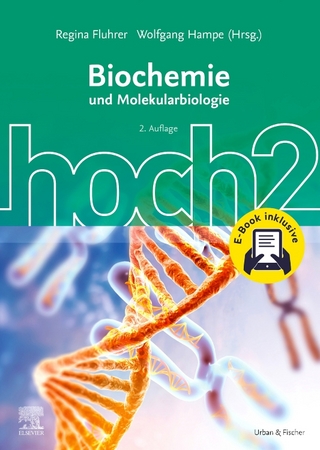
Mucopolysaccharidoses Update
2 Volume Set
Seiten
2018
Nova Science Publishers Inc (Verlag)
978-1-5361-3986-0 (ISBN)
Nova Science Publishers Inc (Verlag)
978-1-5361-3986-0 (ISBN)
Mucopolysaccharidoses (MPS) are caused by a deficiency of lysosomal enzyme activities needed to degrade glycosaminoglycans (GAGs), which are long unbranched polysaccharides consisting of repeating disaccharides. GAGs include: Chondroitin sulfate (CS), dermatan sulfate (DS), heparan sulfate (HS), keratan sulfate (KS), and hyaluronan. Their catabolism may be blocked singly or in combination depending on the specific enzyme deficiency. There are eleven known enzyme deficiencies, resulting in seven distinct forms of MPS with a collective incidence higher than 1 in 25,000 live births. Accumulation of undegraded metabolites in lysosomes gives rise to distinct clinical syndromes. Generally, the clinical conditions progress if untreated, leading to developmental delay, systemic skeletal deformities, and early death. Other clinical features include coarse facial features, corneal clouding, recurrent ear and nose infections, inguinal and umbilical hernias, hepatosplenomegaly, heart valvular disease and skeletal deformities. Clinical features related to bone lesions may include marked short stature, cervical stenosis, pectus carinatum, small lungs, joint rigidity (but laxity for MPS IV), kyphoscoliosis, lumbar gibbus, and genu valgum. Patients with MPS are often wheelchair-bound and physical handicaps increase with age as a result of progressive skeletal dysplasia, abnormal joint mobility, and osteoarthritis. Patients may need multiple orthopedic procedures including cervical decompression and fusion, carpal tunnel release, hip reconstruction and replacement, and femoral or tibial osteotomy throughout their lifetime. Current measures to intervene in bone disease progression and CNS involvement are not perfect and palliative, and improved therapies are urgently required and are being proposed. Enzyme replacement therapy (ERT), hematopoietic stem cell transplantation (HSCT), and gene therapy are available or in development for some types of MPS. Delivery of sufficient enzymes to the brain and bones, especially avascular cartilage, to prevent or ameliorate the devastating neurological defects and skeletal dysplasias remains an unmet challenge. The use of an anti-inflammatory drug is also under clinical study. Therapies should start at a very early stage prior to irreversible bone lesion and damage, since the severity of CNS involvement and skeletal dysplasia is associated with the level of activity in a patients daily life. For the maximum benefit of available therapies, early detection and intervention are critical. Newborn screening and diagnostic systems have been developed by using tandem mass spectrometry. We review the history of diagnosis and newborn screening as well. Overall, this book illustrates a to-date overview of the pathogenesis, diagnosis, biomarkers, screening, and updated therapies as well as their impact on MPS, including ERT, HSCT, gene therapy, and anti-inflammatory drugs. History and activities of MPS societies are also described. It is a comprehensive textbook meant to cover many areas in the field of MPS and appeals to a broad spectrum of readers including physicians, scientists, students, pharmaceutical companies, and MPS communities.
For more information, please visit our website at:Hardcover: https://www.novapublishers.com/catalog/product_info.php?products_id=64994E-book: https://www.novapublishers.com/catalog/product_info.php?products_id=65067
| Erscheinungsdatum | 26.10.2018 |
|---|---|
| Verlagsort | New York |
| Sprache | englisch |
| Maße | 180 x 260 mm |
| Gewicht | 1964 g |
| Themenwelt | Studium ► 1. Studienabschnitt (Vorklinik) ► Biochemie / Molekularbiologie |
| ISBN-10 | 1-5361-3986-6 / 1536139866 |
| ISBN-13 | 978-1-5361-3986-0 / 9781536139860 |
| Zustand | Neuware |
| Haben Sie eine Frage zum Produkt? |
Mehr entdecken
aus dem Bereich
aus dem Bereich


